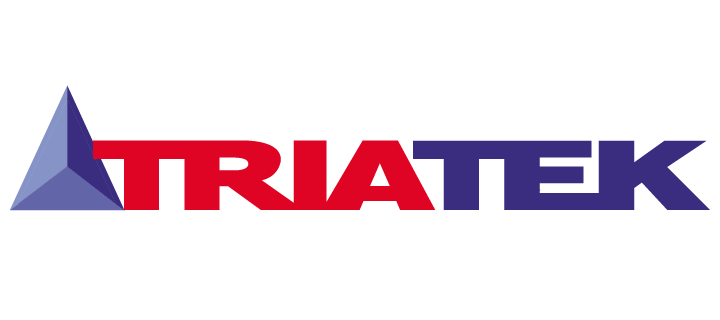- Johnson Controls
- Insights
- Cobb County Government Upgrade
Performance contract helps Cobb County government upgrade and cut utility costs by more than $2 million
Johnson Controls delivers an innovative funding model to upgrade more than a dozen heavily used facilities and significantly reduce emissions.

Cobb County is Georgia’s third most populous county and home to attractions like the Atlanta Braves, Six Flags Over Georgia, and the Lake Acworth recreation area. In 2022, county leaders sought to improve indoor air quality, reduce utility costs and tackle deferred maintenance in nearly a dozen municipal facilities, including public safety and administrative buildings, aquatic and recreation centers, and community health and senior centers.
Through an energy savings performance contract with Johnson Controls, the county is leveraging $5.8 million in American Rescue Plan Act (ARPA) funds to increase energy and water efficiency, shrink the county’s carbon footprint, and better serve constituents.
Challenges
Municipal buildings throughout the county were operating with outdated and endof-life HVAC systems, affecting their capacity to support operations. Concerns about public health and safety, including COVID-19 mitigation, were also top-of-mind. Based on extensive community engagement, county leaders prioritized areas to be addressed by ARPA funding—including improving infrastructure.
“If HVAC equipment goes down in a busy courthouse, visitors can become more vulnerable to airborne pathogens,” says Support Services Agency Director Sharon Stanley. “We want to ensure facilities are safe, comfortable and productive for Cobb County residents and the employees who serve them.”
Johnson Controls helped develop the county’s case for ARPA funds use, select buildings to be improved, and find ways to bundle other county initiatives into this efficiency project, delivering maximum value with a $7.1 million total project.
Solutions
The performance contract wraps a wide array of upgrades to HVAC equipment, lighting and water fixtures into a powerful, two-phase initiative, with construction set for completion in summer 2025.
One of the first steps was to conduct a science-based indoor air quality study for the selected buildings. Johnson Controls placed sensors throughout the buildings for a test period to collect baseline data and set air quality KPIs, aiming to meet or exceed AHSRAE standards. This type of study will be repeated a year after launch to measure true progress.
Meanwhile, Johnson Controls is working with the county’s preferred subcontractors, mechanical, and engineering firms, as well as with thirdparty equipment and controls systems chosen by the county. Just a few of the upgrades:
- Replacing old, inefficient pneumatic HVAC controls with digital controls that can be better managed to ensure proper ventilation.
- Refurbishing and replacing an array of HVAC components, from dampers and fan coil units to air handling units to rooftop units, to improve air quality and flow as well as energy efficiency.
- Replacing two 35-year-old gas-fired boilers with new energy-efficient boilers that can maintain proper humidity levels to combat COVID-19.
- Replacing two end-of-life water-cooled chillers and their cooling tower to increase reliability and efficiency.
- Cleaning and sealing HVAC system ducts and upgrading air filtration to improve airflow and quality.
- Installing germicidal UV-C air systems in HVAC ductwork to disinfect moving airstreams.
Results
Over the performance contract’s potential 20-year term, Cobb County will realize significant benefits:
- Capital cost avoidance of $5,402,251
- Guaranteed utility savings of $2,058,698
- Emissions reduced by 8,703 metric tons
“Johnson Controls helped us build this project in a way that provides an equitable impact across the county,” Stanley says. “This project will help people from high-risk communities remain safe and healthy as they use public facilities.”
Chief Sustainability Officer Kimberly White says the county continues to rely on Johnson Controls. “We’re partnering with Johnson Controls Advisory Services to draft a county-wide sustainability action plan, identifying efficiency and decarbonization targets and laying out a roadmap to get there,” she says. “Their innovative approach helps us keep our buildings operating cost-effectively and sustainably, so we can provide responsive service to the public in a fiscally responsible way.”
Related Items
OpenBlue Healthy Buildings
Johnson Controls Healthy Buildings generate returns while creating healthy, sustainable environments that drive occupant well-being.
OpenBlue
Applying data from both inside buildings and beyond, our customers can now manage operations systemically.
OpenBlue Enterprise Manager
OpenBlue Enterprise Manager gathers and analyzes building data to gauge environment quality and building system efficiency, flags critical issues for action, and provides recommendations on how to increase energy efficiency, reduce carbon emissions, and reduce costs.



































































